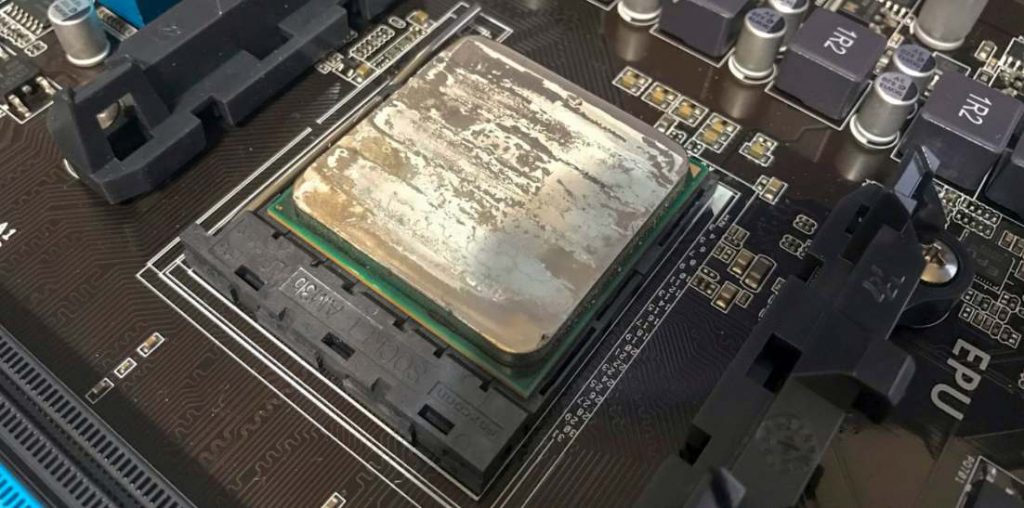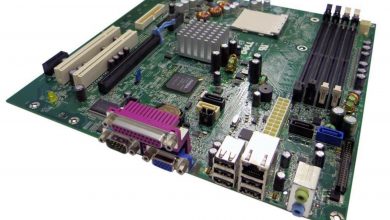How To Choose Best Thermal Paste for Your CPU and GPU

When working, the CPU and GPU generate the most heat, especially when performing tasks with high loads. They require a cooling system to prevent overheating while working. Thermal paste is an important component of this system.
Usually after three to four years the thermal paste frequently dries out, reducing CPU/GPU performance. That is when our thermal paste comes to expire and must be replaced.
Choosing the right thermal paste and applying it correctly will significantly improve your PC performance and temperature retention. Using the incorrect thermal paste and method will result in poor performance. So, in this article, you’ll come to know about different types of thermal compounds and how to use them correctly. We will provide detailed information that helps beginners. If you are a knowledgeable professional, hopefully you will discover something useful.

What Is The Thermal Paste And Their Uses?
When under load, the GPU and CPU heat up quickly and must be cooled to maintain a stable working temperature. Heat from the CPU/GPU surface is transferred to the heatsink mounted on it. However, the metal surface of them is not perfectly flat, and the air’s heat transfer efficiency is quite low. As a result, thermal paste is required to fill the gaps between them, thereby increasing the heat transfer coefficient.
Thermal paste, also known as thermal compound, is an essential component of any cooling system. It is a conductivity compound made up of materials like silicon, metal, ceramic, and so on. These compounds are combined in a viscous solution to fill the gaps and increase the contact area for heat transfer.
How To Choose The Right Thermal Paste For Your CPU/GPU?
When you buy a CPU cooler, the thermal paste is usually already applied to the heatsink. However, passionate gamers frequently discard it and replace it with new thermal paste. This is due to the fact that the thermal paste is pre-glued at the factory, and no one knows how long it takes from the time it is brought up to the time it is purchased.
If your computer has been used for a long time and you notice that it gets too hot when playing games or performing graphics tasks for a longer time than usual, it is very likely that the thermal paste has dried up. The heat conducting is no longer good. And what you should do is to remove the heatsink, clean thermal paste off CPU and apply the new one.
There are basically four types of thermal paste on the market today: metal-based, ceramic-based, carbon-based, and silicone-based. Each type has a distinctive feature that you should consider when selecting it for your cooling system.
Metal-based Compounds
Metal-based thermal paste has excellent heat transfer performance. Silver, zinc, aluminum, and copper are examples of such compounds. This is a type of thermal paste that is very popular on the market and is frequently chosen by gamers.
However, because of its metal components, it can conduct electricity, which can easily cause a short-circuit if used incorrectly. When you apply metal-based thermal paste to the CPU/GPU surface, take care not to let the glue drip onto the socket or circuit board.
Ceramic-based Compounds
Ceramic-based greases, unlike metal-based thermal paste, do not conduct electricity and are thus completely safe to use. However, because their thermal conductivity is low, they do not provide as good a cooling effect as metal-based ones. This grease is also widely used because it is inexpensive and safe to use.
Carbon-based Compounds
Carbon-based thermal pastes contain tiny carbon particles. They have good thermal conductivity and like ceramic-based they do not conduct electricity.
Silicone-based Compounds
They are pre-mounted on thermal pads so that when they are applied to the CPU/GPU, they have a good density and spread evenly. This glue has the properties of safety (due to its insulating properties) and ease of use. However, their heat transfer efficiency is low.
Some Popular Thermal Paste
To help you find the right thermal paste for your computer, we’ve tested and recommended several brands of thermal paste, which are listed below.
- Arctic Silver 5: This is a metal-based thermal compound. Their composition consists of tiny silver particles with high density. Thermal conductivity is 8.5 W/mK.
- Thermalright Thermal Pad: The silicone-based thermal pads. It is a sheet size 85x45x1mm with 12.8 W/mK thermal conductivity.
- Arctic Silver CMQ2-2.7G: This is ceramic-based with a high-density thermal compound specifically designed for high-performance CPUs or liquid cooling solutions.
- Arctic MX-4 2019: The thermal paste, carbon-based. It is an electrically non-conductive paste that is applied between CPU / GPU and designated coolers to transfer the dissipated heat from the components to the heat sink. Thermal conductivity is 8.5 W/mK.
Final Words
When you are struggling in choosing from hundreds of different types of thermal paste on the market, it can be difficult. Please keep in mind the basic factors mentioned above and just that you would select the best one for your cooling system.
Your good choice of thermal paste not only maintains your system’s high performance, but also helps your PC have a long life and stable operation.
Apart from this if you are interested to know more about 6 Best Motherboards for Ryzen 7 3700x in 2021 then visit our Motherboards category.




